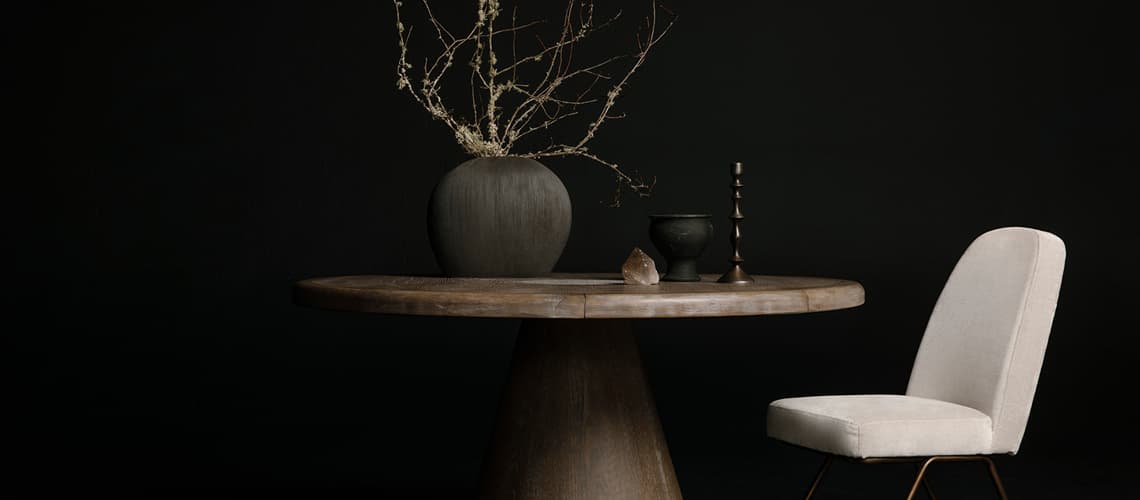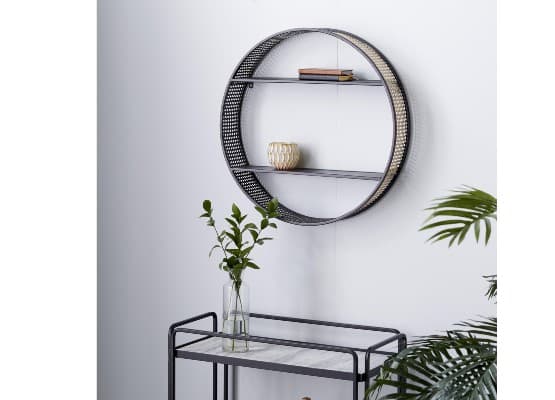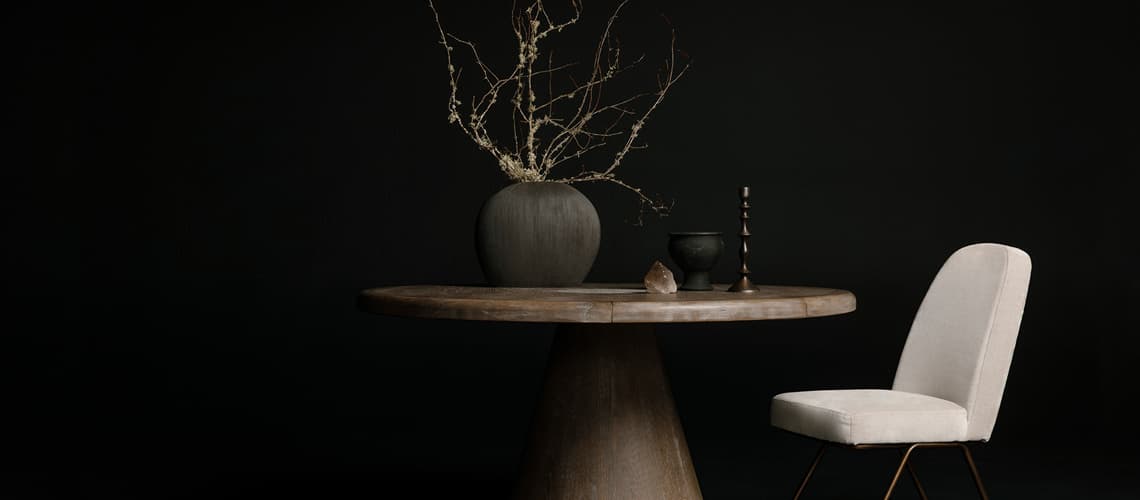What Is Japandi Style? Guide to Japan-Scandinavia Fusion
The Beauty of Japandi
There’s something sacred about anything ancient, whether it’s a religious sacrament, a physical landmark or a centuries-old idea that’s been preserved in writing. Cultural art forms like design also fit into this category; certain ancient designs are cultural, and all cultural designs stem from an ancient appreciation for beauty. In modern homes today, incorporating globally-influenced décor isn’t just an aesthetic statement, but a way of continuing tradition, identity and sanctity.
Japandi, a materialization of not one but two cultures, adds another layer to the definition of cultural décor: a celebration of the things that make us different and how those things can fuse together to form a greater work of art.
While various proponents of the style will disagree on the specifics, Japandi really is what it seems on the surface – a little bit of Japanese décor and a little bit of Scandinavian décor. Surely it’s no surprise that it’s taken this long for Japandi to start trending, since the two are 5,000 miles apart and, apparently, had nothing more in common than that they are physical regions on a map. What is surprising (and which all sides will agree with) is the phenomenon that results. If perfection could be said of a design style, then Japandi fits the descriptor. The weathered, unique and highly functional pieces of Japanese style don’t just go with the minimalist comfort of Scandinavian style, but actually bring out the best of it. Each is a delicate puzzle piece, and without the one, the other loses its Japandi value.
Why Is Japandi Trending?
Identifying a specific reason or reasons for a trend is a nearly impossible task, as thousands of factors are at play, from the divisions and subdivisions of markets to economy health to preceding trends to shifts in media and consumerism. At the best, we can guess, based on industry patterns, a few factors that may have contributed (and be currently contributing) to the rise of this unique style.
For one, Japandi is a different kind of minimalism. Minimalism has always been around, but Japandi is minimalism with meaning. It makes history comforting – a touch of the things and functions long-held in Japanese culture suddenly gets infused into or next to a sheepskin Scandinavian armchair. Secondly, Japandi is easy to incorporate little by little. In fact, incorporating Japandi doesn’t even have to mean purchasing anything; something as simple as the Japanese concept of ma, which essentially means empty space, is not only affordable but free. (To incorporate ma, clear up as much space as possible and learn to live the art of stillness, slowing down, and finding as much freedom in the things that are there as the things that aren’t.) Finally, Japandi is a reflection of the times. In 2020, the world was shaken by a pandemic, change and discomfort, and learned to find hope in imperfection. (Another iteration of ma is the Japanese concept of wabi-sabi, which celebrates imperfections. A broken vase, pieced together with glue, is, in fact, not broken, but beautiful and perfect – a relevant social theme, if there ever was one.)
How to Create a Japandi Space
Japandi thrives off material type, color and shapes. Follow these tips to bring it home:
- Choose light woods and native plants like cane. Both Scandinavian and Japanese décor balks at artificiality, so keep your palette natural by sticking to unfinished materials and textures. If you can, incorporate a Japanese-native plant or two as a contrast against a woodsy palette.
- Choose natural colors. Brown, black, grey, beige and white are colors of nature and a recurring theme in Japandi. Balance each out with restraint and special attention to placement.
- Choose symmetry and balance. Simplicity and balance are key; offset a fuzzy rug with a hard wood table or chair. For every Japan-inspired cherry blossom or bamboo plant, incorporate a curved, soft Scandinavian accent, such as tapered legs or a barrel back silhouette. When in doubt, leave it out. Japandi is, at its heart, minimalism. Purging a home of unnecessary items is a great start to the Japandi lifestyle.
Japandi Inspiration


Set Of 2 Kirstin Natural Wood Cane Back With Upholstered Seat Side Chair
$380

Natural Cane With White Uph Seat Counter Height Stool
$499
Demis Adjustable Rolling Office Desk Chair In Black Base With Natural Cane
$335
Aussie Natural Right Opening 24" Cane Nightstand
$449
Aussie Natural Left Opening 24" Cane Nightstand
$449Read the Latest
Editorial Disclaimer: Articles featuring tips and advice are intended for educational purposes and only as general recommendations. Always practice personal discretion when using and caring for furniture, decor and related items.

























